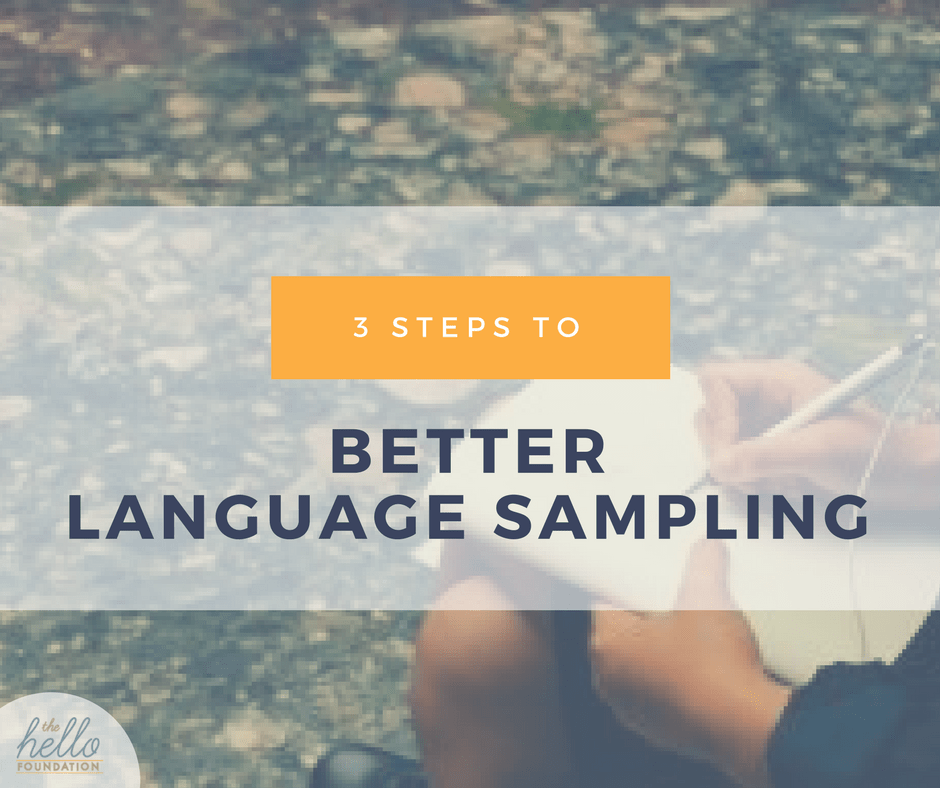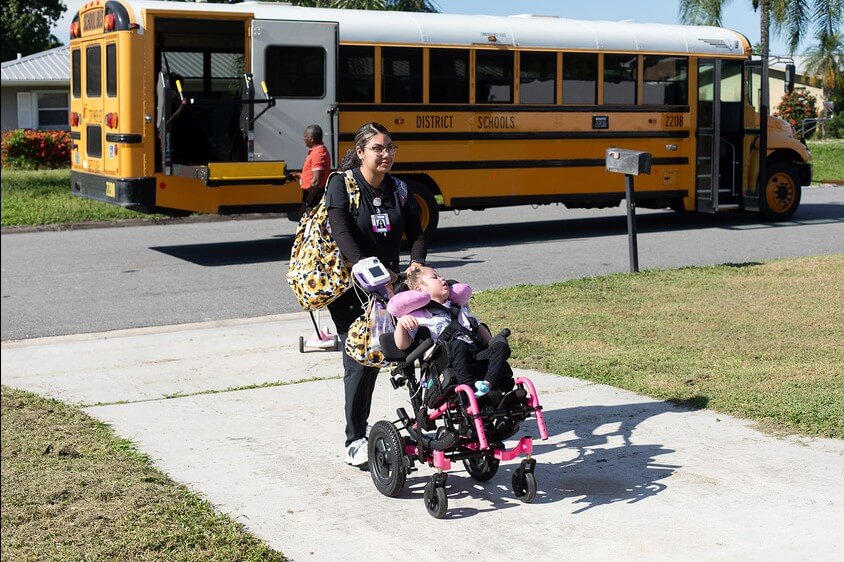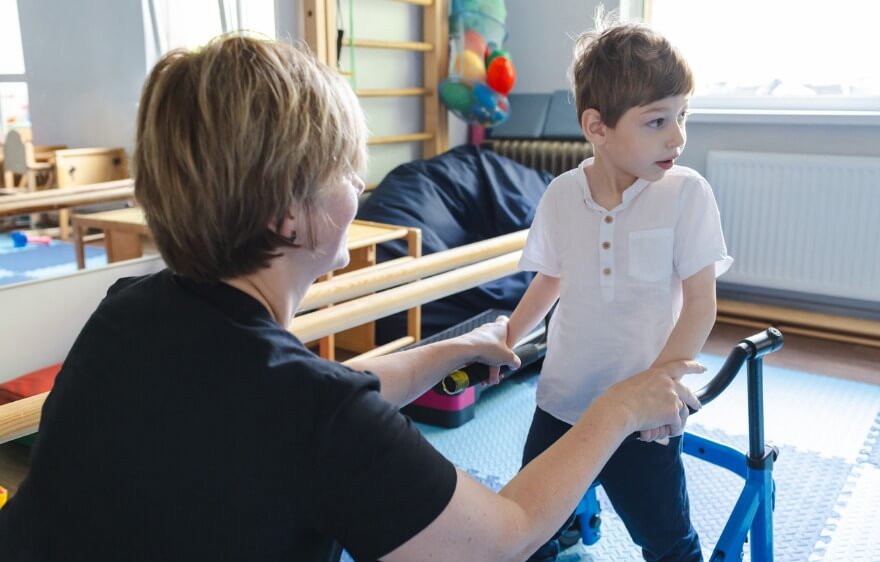I have gotten into a bit of a rut with my evaluations, and language sampling is an area where I have broad freedom to create my own best practices. That’s why I’m setting myself up for change with a clear goal to perform better language analysis!
I’m a little embarrassed that I need to write this goal for myself. I was a good graduate student — and it wasn’t that long ago! I learned the value of language sampling and the power a language sample has to anchor a solid evaluation. But when I look at my recent work, I know I could do better. And, even more importantly, I wouldn’t need to take more time or be any more complicated than what I’m already doing!
3 Steps To Better Language Sampling
Here are three steps I’ve laid out for myself to make sure this is a New Year’s resolution I’ll keep:
Step 1. Acknowledge the Problem
The first step to moving forward is to acknowledge there is a problem. And I have found plenty of evidence that this problem is bigger than just me (phew?). Pavenko et al’s recent review of a nationwide survey on the issue reported that only two-thirds of the school-based SLP respondents had even analyzed a language sample in the given school year, and of those who had, most were self-designing their protocol, transcribing in real time, and using conversation and picture description as collection tasks regardless of client age. Instead of being embarrassed that I have to set this goal for myself, I am going to be a part of the solution, improving my own behavior and setting a higher standard for myself and my colleagues!
Step 2. Incorporate Tools
No need to reinvent the wheel! It’s worth my time to review what’s out there and see what tools others are using in pediatric healthcare careers. In a brief review, I identified tools I’m excited about exploring:
- SALT (Systematic Analysis of Language Transcripts) is a software program I already own. I found an update to make it run on my newer computer and have already reinstalled it. In the past I have found it less valuable for my older students.
- CLAN (Computerized Language Analysis) is free language analysis software. It seems powerful and exciting, but I’m worried that it might involve a lot of coding, possibly proving too complicated for me to make my own.
Step 3. Discuss my goal with others
Not only does it force me to outwardly commit, but it keeps me accountable. As I have talked with my colleagues about this resolution, I’ve been reminded that lots of school-based SLPs love language sampling! It is a great water cooler topic.
So here’s my goal for myself as it stands:
Kira will improve her language sampling skills by a) reviewing recent journal articles to compile a list of valuable things she’s already doing, b) learning about and trialing at least 2 different new-to-her tools, c) conducting and reporting on language samples with at least 6 different students, d) sharing her questions and learning with at least two colleagues.
May this year be a year of carefully executed progress on well-written goals, mixed in with surprising discoveries and unpredicted success.






